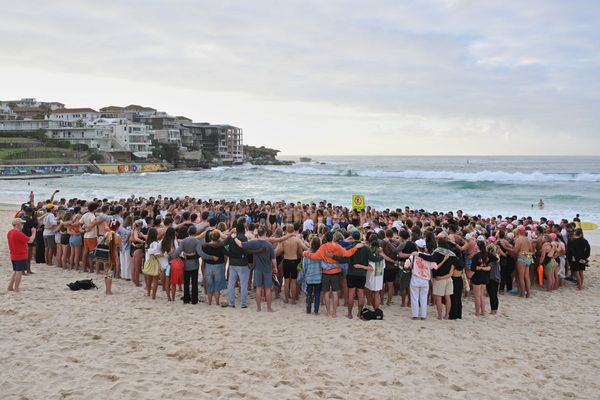
By the third week in August, Swedish school terms have restarted and the thousands who make the Stockholm archipelago their summer home have returned to the city. Ferries have switched to winter timetables and people are outnumbered by fallow deer.
I try to get my bearings using the chart hanging in my cousin’s summerhouse, but the white-tailed eagle view of 30,000 islands, islets and skerries is baffling. A boat is essential, and my son makes the necessary perspective shift before I do. “It’s like the Lake District in reverse,” he says. “The land is water and the lakes are islands.” I see what he means. There is something about the ice-worn geology and the vegetation dominated by pines, alder and birch that feels familiar, but the scale and intricate wateriness of the place is as confusing as it is beguiling.
I find that the Baltic is forcing me to reset my idea of “sea”. There are no big waves, just a crosshatching of wind ruffles and wakes. The water is mildly brackish at most, and almost completely non-tidal, small day-to-day level changes driven more by variable air pressure than lunar gravity.
But the apparent stability is an illusion. The whole basin was a lake until the North Sea broke through after the last ice age, and change is still ongoing, with post-glacial isostatic adjustment outpacing sea level rise here by a millimetre or two a year – that means the islands are growing, for now at least. There is a sort of ambivalence here, as though this place has not fully made up its mind to be land or water, lake or sea, sweet or salt. It is neither and both, it is icke-binär – non-binary.
At the house of my cousin’s friends, between crayfish, schnapps and traditional drinking songs, we learn that the area is about to become Sweden’s 31st national park. It’s somewhat controversial – planning restrictions and a higher tourist profile won’t suit everyone. But with climate warming and nutrient enrichment with agricultural fertilisers bringing worsening algal blooms, there are other challenges here that require concerted action and might just benefit from such a protective designation.
• Under the Changing Skies: The Best of the Guardian’s Country Diary, 2018-2024 is published by Guardian Faber; order at guardianbookshop.com and get a 15% discount







